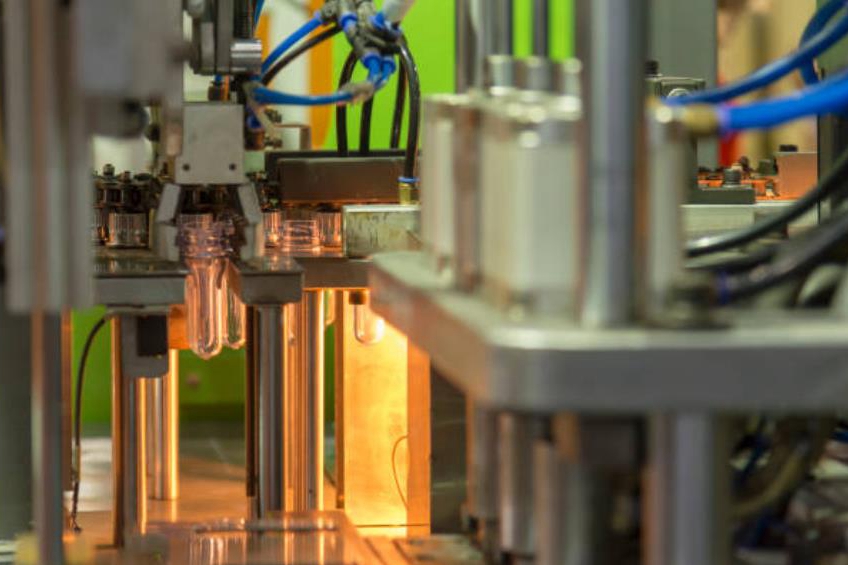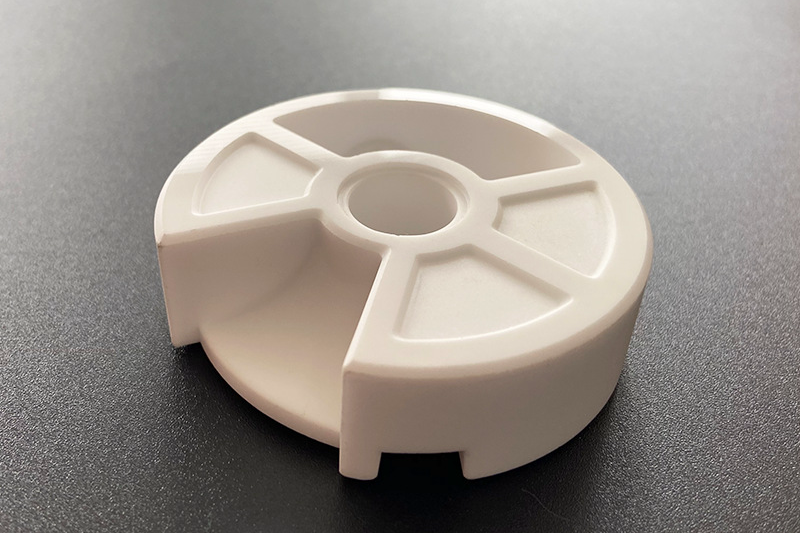What lightweight materials offer strong anti-prying and impact resistance?
For lightweight lock and security components that require strong anti-prying and impact resistance, material selection must achieve high specific strength—meaning strength relative to weight—while also maintaining stiffness and fatigue durability. The best strategy is to combine optimized alloys with suitable manufacturing processes such as metal injection molding, aluminum die casting, and injection molding, depending on functional requirements and final assembly design.
High-Strength Lightweight Metals
Aluminum alloys remain one of the best candidates when weight reduction is critical. Grades like A356 and A380 provide good strength-to-weight ratio and are ideal for housings and covers produced via aluminum die casting. With structural ribbing and thickness control, they resist deformation under prying forces. For added strength, heat treatment or anodizing can significantly increase surface hardness and corrosion resistance.
When higher mechanical strength is required, precipitation-hardened steels, such as MIM 17-4 PH or MIM-4140, offer enhanced toughness and wear resistance while maintaining a relatively low weight in miniature parts. These are well-suited for cams, anti-pry pins, and small rotary elements in locking system assemblies.
Advanced Engineering Plastics for Weight Reduction
In medium-load components that do not require full-metal strength, engineering polymers molded via injection molding deliver excellent stiffness-to-weight ratio. Nylon (PA), PEEK, and Ultem (PEI) offer high impact strength and dimensional stability. Filled versions with glass or carbon fiber reinforcement further enhance toughness while supporting thin-wall molding. Combined with overmolding or insert molding, these plastics can provide a secure interface with metal cores.
Hybrid Material Approach
Best performance often comes from a hybrid structure that combines metals for high-load areas and polymers for weight reduction and vibration damping. For example, a MIM steel core made from MIM-440C or MIM-D2 can be fully encapsulated with reinforced nylon via overmolding, creating strong yet lightweight anti-pry features. Mechanical shock resistance and silent operation are improved, while weight is reduced compared to fully metallic components.
Surface and Heat Treatment Enhancements
To increase impact and pry resistance without adding weight, surface hardening techniques are essential. For MIM parts, post-process nitriding can improve toughness, and PVD adds a thin, ultra-hard layer with high wear resistance. For aluminum, hard-coat anodizing or powder coating form a barrier that prevents both corrosion and surface denting under force.
Application Scenarios
Lightweight, anti-prying materials are ideal for smart lock housings, portable security devices, and access control modules where battery life and ease of installation are critical. Using a custom parts manufacturing service, prototypes can be produced via CNC machining prototyping or 3D printing prototyping, validated under impact and force testing, and then scaled to mass production using die casting, injection molding, or MIM depending on geometry and load zones.



